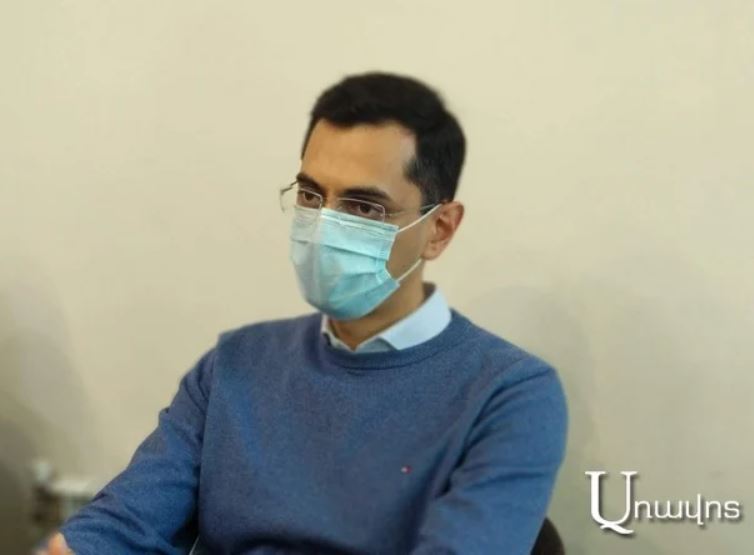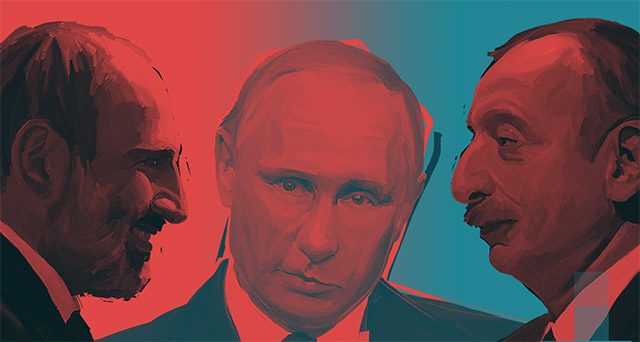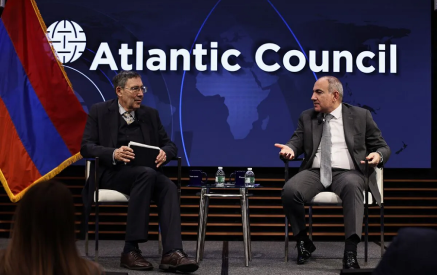Aravot presents the answers of the head of the office of the RA representative in the European Court of Human Rights, Liparit Drmeyan, to the questions of the members of the “Bardzunk” scientific-educational non-governmental organization.
– Is it possible to raise the issue of Armenian prisoners of war in the UN International Court of Justice? Does the latter have any mechanism on that issue?
One of our demands to apply to the UN International Court of Justice is to obligate Azerbaijan to release Armenian prisoners of war because their lives and health are in danger in Azerbaijan. But it is not that the court’s authority includes the obligation to return prisoners of war. It is simply a mechanism that we have tried to use.
– What kind of international toolkit on demarcation and delimitation can the Republic of Armenia use?
Read also
There is no international body that deals with the demarcation of borders or where the borders of states are fixed. The maps we see have been reprinted over time, taking into account the realities of the time. It may seem to the ordinary citizen that if the line crosses the map somewhere, it is written somewhere. But, for example, we have a portion with Georgia that has not been demarcated, although the two sides are located at some point, but legally there is no demarcation. Other states have a similar problem, but it does not mean that the states have no borders or there is no sovereign territory. No, there are factors of land use and location of the population on the basis of which the borders are formed. There must be an atmosphere of mutual trust for the implementation of any demarcation. Otherwise, international law is violated. You can not force me to say that this area was mine, for example, in the 19th century and I came with the army to take that area because the border must pass through there…

The head of the office of the RA representative in the European Court of Human Rights, Liparit Drmeyan
The UN International Court of Justice has imposed a ban on the use of force to resolve border issues in this case. Otherwise, a chaotic situation will be created in the world. That is why border issues are resolved through a demarcation-delimitation process, which can even take decades. There are no specific legal acts on that, but there are guidelines, for example, the OSCE guidelines. The international experience on border demarcation processes between other countries can also be a guideline. The problem is that there should be a demarcation-delimitation process when there is at least mutual trust between the parties. There must be a commission from each country for demarcation, or a mediation commission, where the borders are drawn, and then transported on the spot. In the current situation where we are pointing weapons at each other, it is problematic to start such a process.
– How legitimate is it to quote USSR maps in the context of the Armenia-Azerbaijan demarcation-delimitation process?
We have, for example, the law of 2006, by which the normative legal acts of the USSR do not apply in the territory of the Republic of Armenia, and the laws of Soviet Armenia, except for the Code of Administrative Offenses and the Law of the USSR on the condemnation of the 1915 Genocide in Ottoman Turkey, have lost their force. That is, no normative legal act of the USSR operates in the territory of the Republic of Armenia. Therefore, it is necessary to understand what legal bases the maps have and whether those bases work or not. Another thing is that if the state itself wants to start from a certain point, it can take as a basis any map or demarcation of any year regardless of its legal basis. In other words, this is a matter of political approach, and from a legal point of view, to say that during the USSR the borders of the two states automatically became the borders of those states through the force of independence, it is not correct. If that were the case, there would be no need to start the demarcation and delimitation process.
This model, which we have also mentioned in our interstate complaints, is mainly typical of the process of independence of former colonial states, for example, in South America or Africa. Those states were independent from the central authorities within the borders they had, and in our case it is not a case of independence from the colonial state, but a union that collapsed, as a result of which independent states emerged. In my subjective opinion, we must finally accept the declaration of our independence as a legal basis where there is a clear record. The Constitution was adopted on the basis of the Declaration of Independence, which mentions the joint decision of the Supreme Council of the Nagorno-Karabakh Republic and the Supreme Council of the Armenian SSR that the country is independent, based on that joint declaration.
To be continued tomorrow.
Luiza Sukiasyan






















































